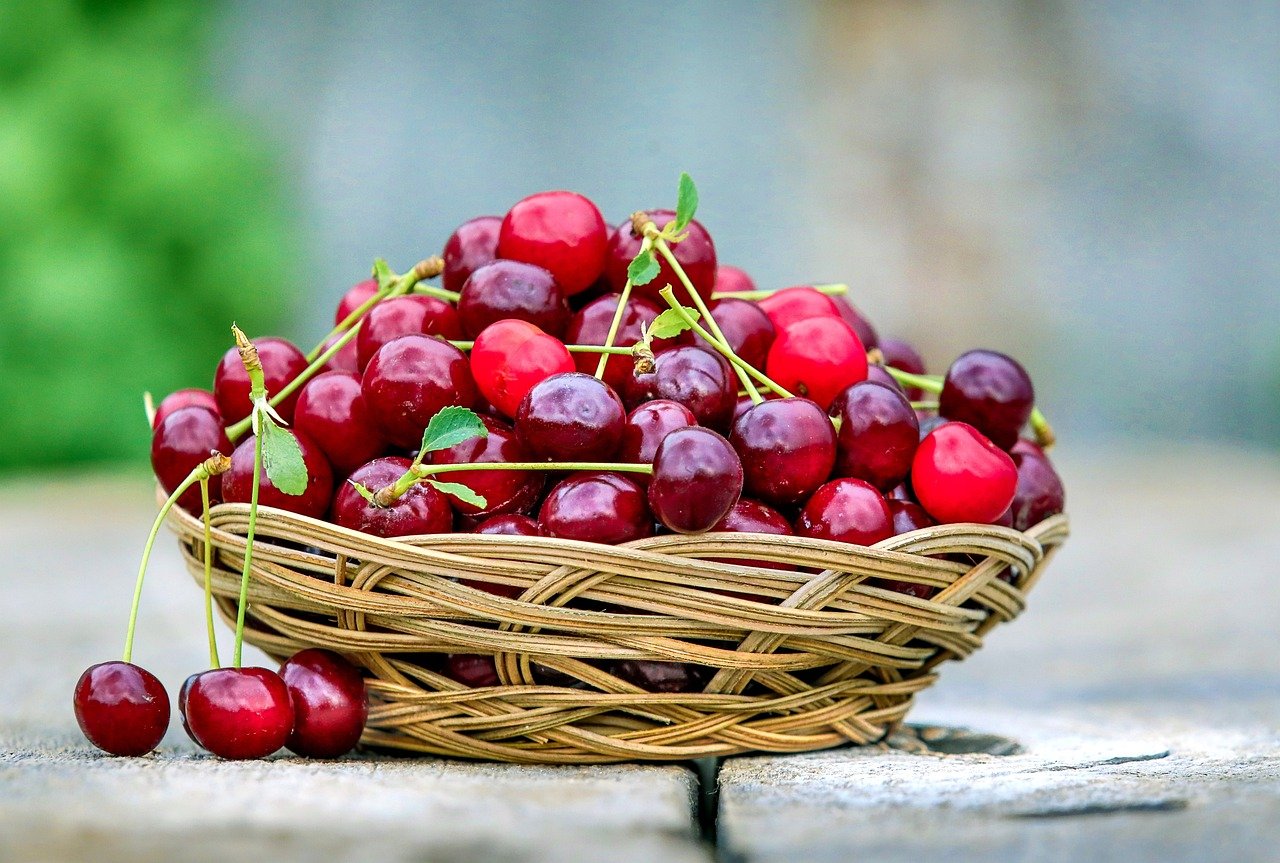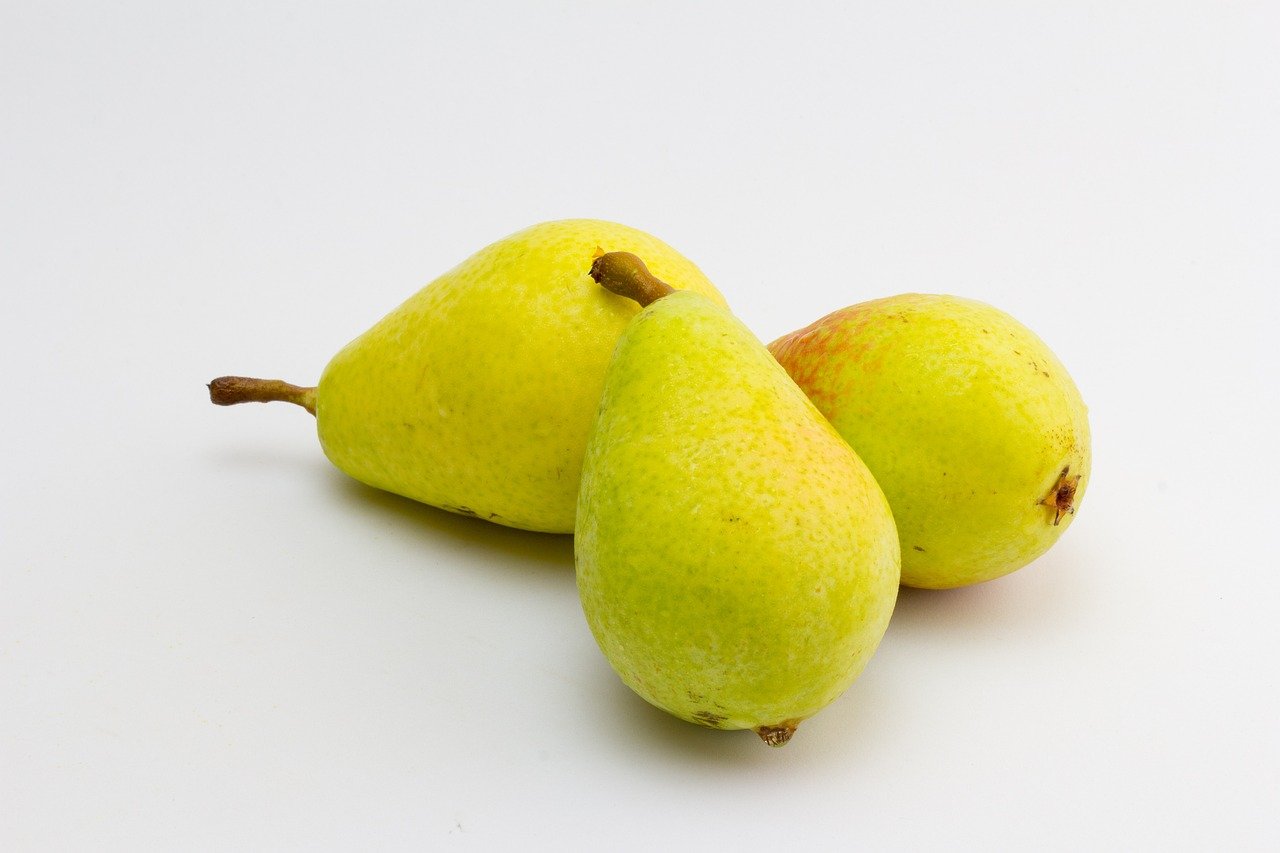Biological Control Agents against Fusarium Wilt of Banana (FWB)
Introduction Chemical pesticides used to suppress Fusarium wilt have raised issues with the environment and human safety. For the past 70 years, biological management of plant pathogens has been employed; yet, there are numerous conflicts around its efficacy. Because FWB is harmful, several researchers have gathered methods to regulate it, such as fumigation, which sterilizes … Read more







